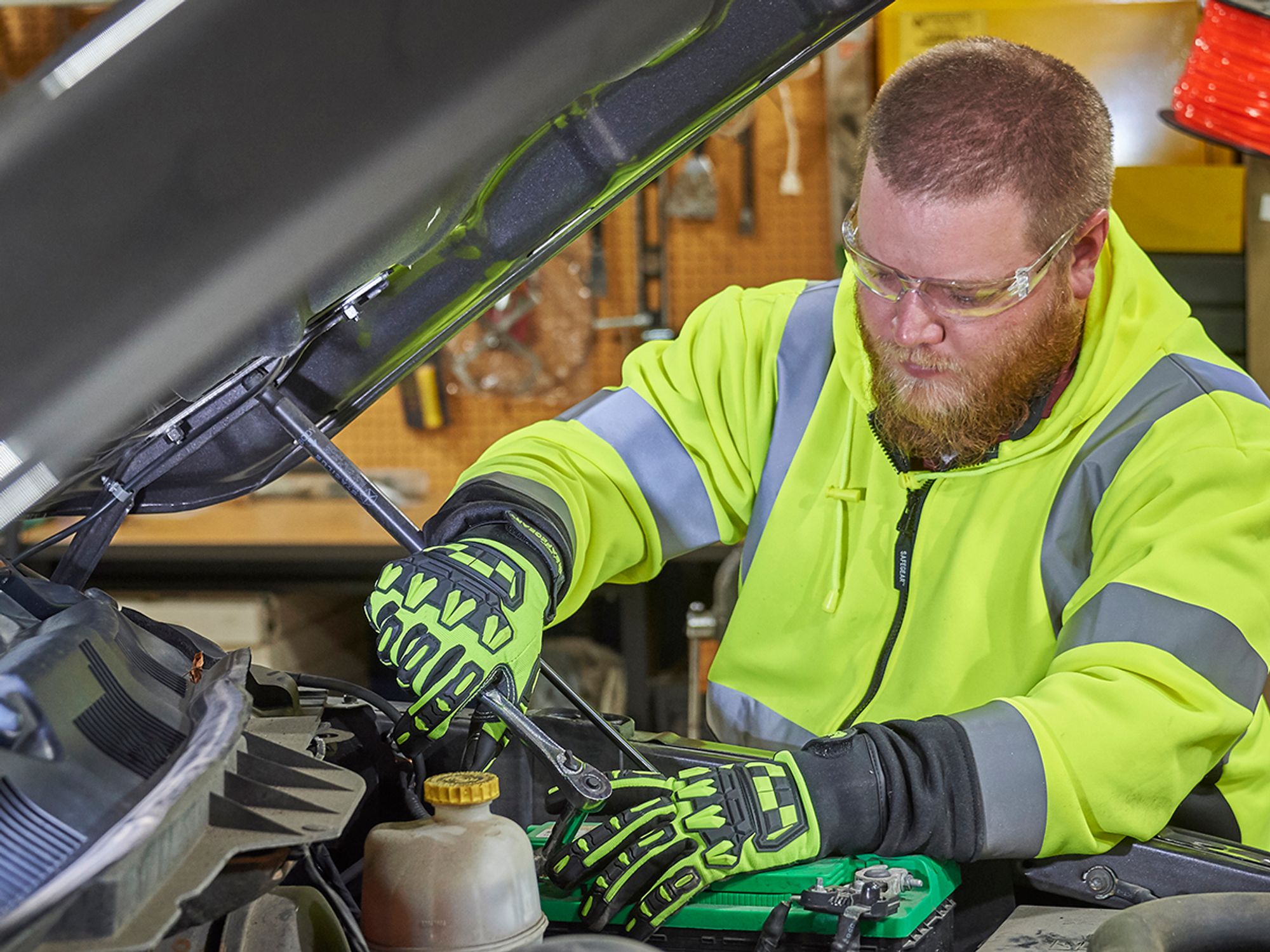Determining equipment specifications

- Before ordering new equipment consider the freight being hauled and the environment in which the vehicles are operating.
- Review how your current equipment specifications may need to be adjusted to meet changing demands or environment.
While the Fleet Manger may not personally develop or select new vehicle specifications, they should be familiar with the principles involved. At the very least, the Fleet Manager needs to be involved in the process to provide input as to how the new equipment specifications will impact operations, driver satisfaction, meeting customer requirements, and reliability, among other issues.
It’s a good idea to review any past equipment specifications with future operational needs and maintenance in mind. In order to do this, the organization should involve the personnel closest to the issue. This would normally be the Fleet Manager and the Maintenance Manager.
Undoubtedly the first questions to be considered early in the process will concern the product that is being hauled or the payload. The questions should go something like this:
- What is the product?
- How is it shipped?
- What does it weigh per case, gallon, pallet, etc.?
- How much is shipped per trip?
- What does the total payload weigh?
- What are the dimensions (cubic feet, gallons, etc.) of the payload?
- How is the product loaded? Unloaded?
- Are there any special handling procedures for the payload?
As you review this list of questions (and try to think of more), think about what effect the product hauled has had on the vehicles. Have there been any persistent problems with the vehicles? Are the cross-members adequate? Should flooring be strengthened? What about sidewall, liner, and flooring materials? Is a lift gate or other special equipment available that can make the vehicle and driver more efficient?
Where the vehicle runs is as important to informed spec’ing as knowing what it carries. Anyone looking at a new vehicle needs to ask:
- What kinds of roads are used?
- What is the terrain like?
- What region of the country will the vehicle primarily operate in?
- How many hours are run during the day? at night?
- What are the speed requirements for a vehicle performing this kind of operation?
- Are there any special driving requirements (such as off-road operation)?
- Will the vehicle return nightly? If not, how long will the driver be “living in it?”
Once again, think back to see if any problems or complaints can be traced to the operating environment of the vehicles.
Ask the drivers to critique the vehicles and, more importantly, about the performance of the vehicles on the road. Questions to ask drivers include:
- What improvements have they observed in other vehicles?
- Is there any equipment that might speed up unloading or loading procedures?
- What special “extras” might motivate him/her to take better care of the vehicle?
- What improvements would they like to have in a new vehicle (promising nothing, of course!).
It takes time to develop new specs and while the dealer will already have most of the available choices narrowed down, there are always additional components that may save enough money in fuel economy and/or maintenance costs to justify a higher initial price. It’s been estimated that only 20 percent of the total costs over the life of the truck relate to purchase price, so putting some extra cash into components now may be worthwhile.
You should be knowledgeable about new equipment options that are becoming available. Talk to other people in the industry to learn how the products are working out for them. Ask your truck dealer for opinions about components. If the dealership you work with has a service department, ask how components from different manufacturers have performed.
Keep a file of ideas that look interesting and don’t hesitate to ask for advice.
